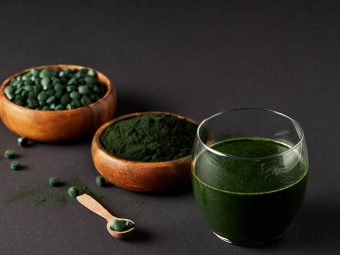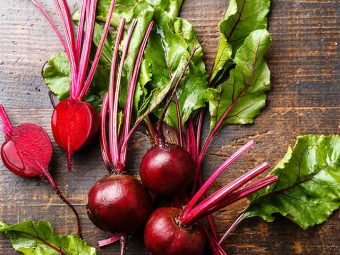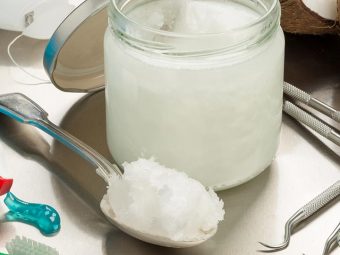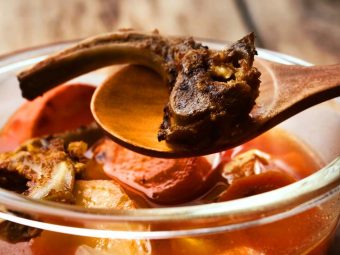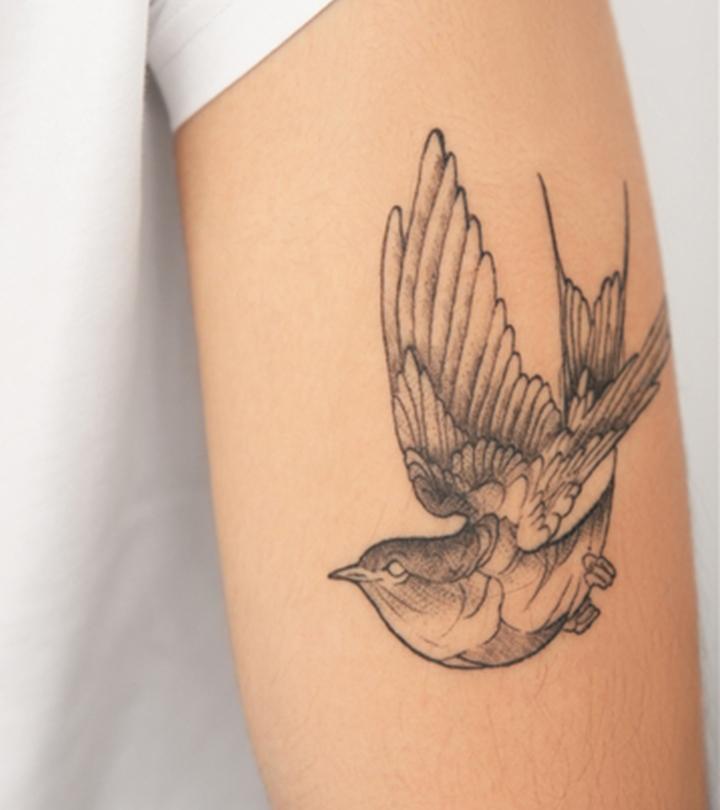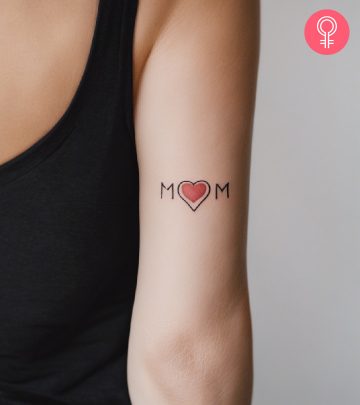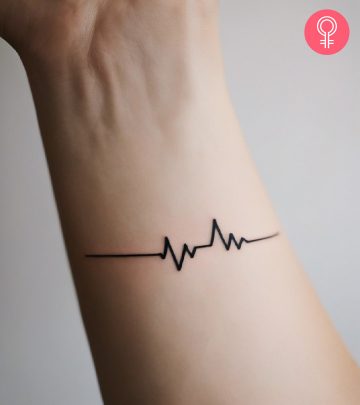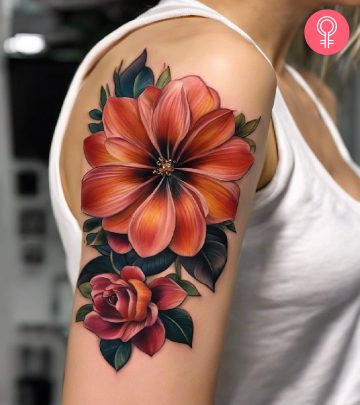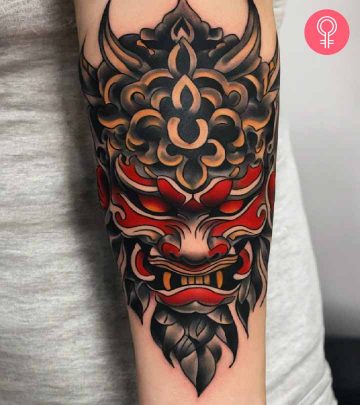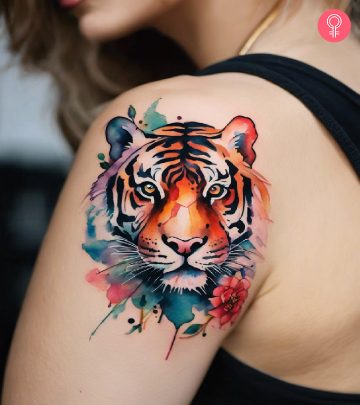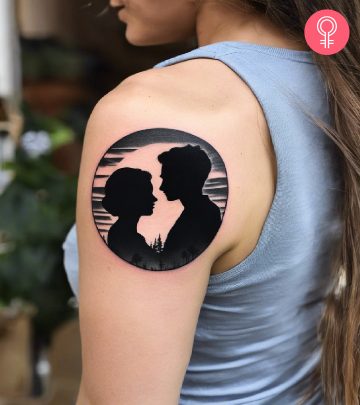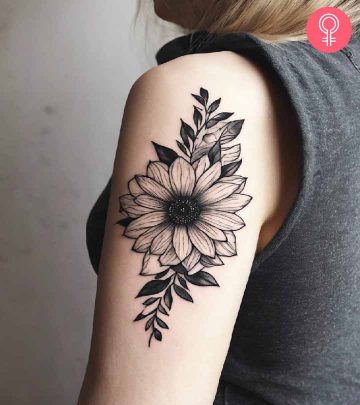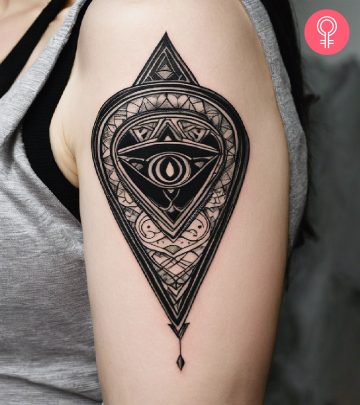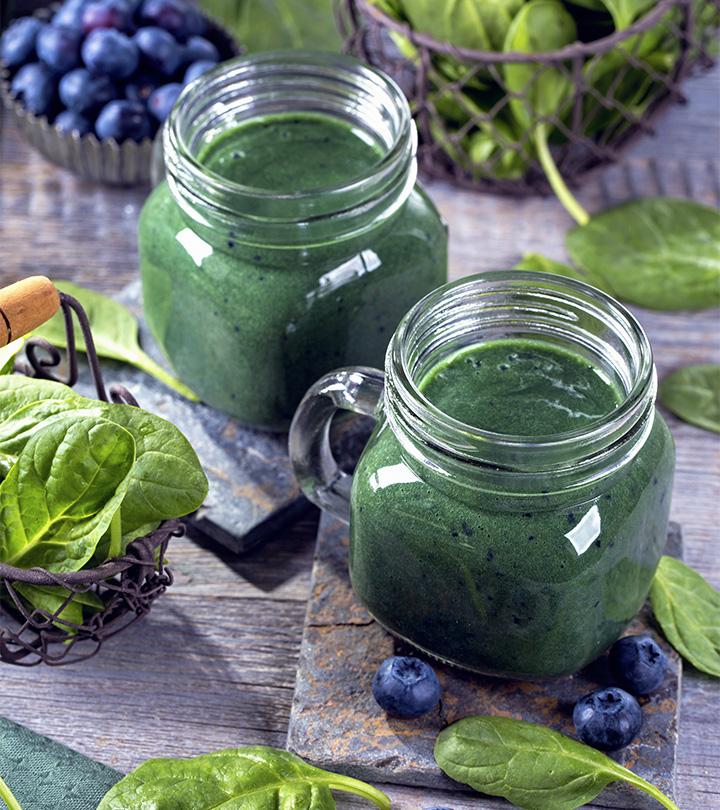Ever Notice The Color Of Your Urine? Here’s What It Says About Your Body
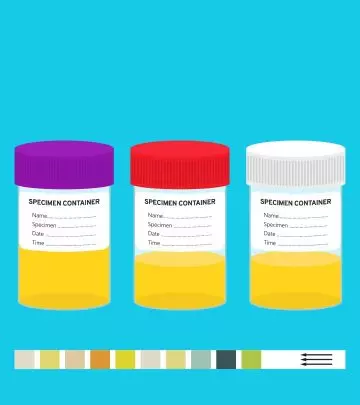
In polite society, talking about urine is a strict no-no.
But in the words of my favorite actress, the great Katharine Hepburn, “If you obey all the rules you miss all the fun.”
Ergo, we are so talking about urine today.
And, yes, I do realize I have a strange definition of fun.
Urine can speak volumes about your health. All you have to do is listen. From its consistency and odor to its very color—all aspects of this purged fluid are actual telltale signs of your overall well-being and health. No matter what you eat or drink to what insidious disease may be developing secretly inside your body, your urine can help reveal it all.
So what is urine, anyway? Well, for starters normal urine is 95% water. The remainder is a rather complicated brew of urea, sodium, chloride, creatinine, potassium and more dissolved ions, along with a combination of other organic plus inorganic compounds. Fun fact: the yellow color of urine actually comes from the presence of a chemical called ‘urobillin’, which is generated by the body when we break down old red blood cells.
Enough Biology 101, now let’s take a look at what your urine color can reveal about you:
1. Transparent
Colorless urine usually is a sign of over-hydration. Though not quite the danger dehydration can pose, over-hydration isn’t to be dismissed lightly either. Drinking too much water can essentially dilute necessary salts or electrolytes, generating a chemical imbalance in our blood. This is basically your body’s way of saying: stop being a water fanatic, and let’s take it slow, ‘kay?
2. Pale, Straw Colored
Congratulations! Whatever you’re doing, well, keep doing it. This color indicates a healthy and well-hydrated individual. Kudos, to you!
3. Dark Yellow
All’s still good, but it’s best if you drink some water soon (1). Despite being somewhat under hydrated, your body is yet functioning normally because that’s how awesome a survival machine it is! However, it’s best not to test its limits and heed its warning. Go, get some H2O.
4. Honey Or Amber Colored
Not good. You’re most probably dehydrated. It is worthy of note, however, that though most popular health websites may recommend guzzling down water in response to the above-mentioned colors, assistant professor of medicine and nephrologist at UC San Diego Health, Dr. Dena Rifkin M.D., recommends exerting some prudence.
According to Dr. Rifkin, “I never advise people to examine their urine color for hydration and never would recommend hydrating based on urine color. Instead, ‘drink to thirst.’ The eight glasses of water per day is an urban myth as far as most physicians are concerned, and the only people who should be concerned about drinking more are those with a history of kidney stones.”
5. Orange
If it’s a light orange it could signify possible dehydration. It could also be a result of the bile duct or liver problems, food dye consumption or also excessive vitamin B intake. Dark orange could actually be a symptom of severe dehydration, rhabdomyolisis (read: muscle breakdown), Gilbert’s syndrome (read: mild liver disorder) or even jaundice (2, 3).
6. Pink
If your urine is a bizarre shade of pink, I can understand why you’re probably alarmed. However, this may actually be a product of your recent rhubarb or blueberry consumption. Hence, “If you’ve eaten beets and have urine color changes, you do not need to see a doctor,” says Dr. Rifkin.
7. Red
This dreaded color could be an unsettling sign for many conditions. Hematuria is fancy doctor speak for blood in the urine, and it can be idiopathic, benign or even a symptom of a tumor or infection in your urinary tract, or a kidney stone. Alternatively, it could signify a prostate problem if you’re male or maybe even lead poisoning. Whatever the case, suffice to say red urine is a red flag. Go consult your doctor at once.
8. Green
For some people, eating asparagus can produce green urine. However, in such a case the notorious odor that accompanies it will be hard to miss. Alternatively, certain food dyes, medications or even a potential bacterial UTI (read: urinary tract infection) can be responsible for the color. Consult your physician.
9. Blue
Once again, certain food dyes or medications can produce this color. But so does a very rare metabolic disorder by the name of ‘familial hypercalcemia’. An inherited condition, it’s caused by the incomplete breakdown of dietary protein, tryptophan (4). Consult your doctor.
10. Dark Brown or Blackish
It could be a product of something harmless, such as consuming large amounts of fava beans, aloe or rhubarb. Alternatively, dark brown urine could also be a symptom of rhabdomyolisis. Blackish urine could be a potential product of phenol or copper poisoning or even a symptom of melanoma. Consult your doctor at once.
11. Milky White
It could be a possible sign of excess phosphate or calcium in your system. Alternatively, it could also indicate excessive proteins or a UTI. Consult your physician.
While it may be tempting to self-diagnose yourself or entirely dismiss the more alarming colors, please refrain from doing so. If you’ve noticed inexplicable changes in your urine color, consult your doctor at once. Your body may be trying to warn you, it’s best you listen.


